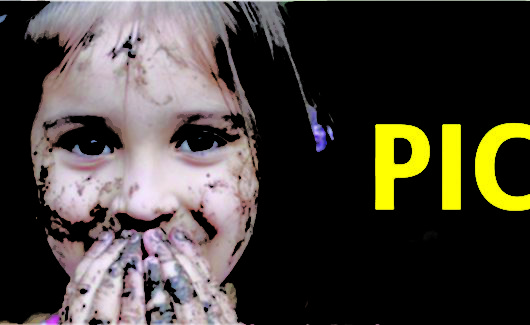DNA FINGERPRINTING
INTRODUCTION
- Original DNA fingerprinting technique was developed by Sir Alec Jeffrey in 1986.
- It is also known as DNA profiling, DNA typing or Genetic fingerprinting.
- Lalji Singh is known as Father of Indian DNA fingerprinting.
DEFINITION & PRINICIPLE:
- DNA fingerprinting of an individual is the description of specific alleles present at a series of polymorphic loci in his/her genome.
- A polymorphic locus is the region of genomic DNA whose sequences are different in different individuals.
- Polymorphism is studied as RFLP or by PCR amplification.
- There are different ways of genetic profiling:
a) Restriction fragment length polymorphism (RFLP)
b) Study of Short tandem repeats (STR’s)
c) Single Nucleotide polymorphism (SNP)
d) PCR analysis
SOURCES OF DNA EVIDENCES:
- Blood
- Semen
- Hair
- Skin cells
- Mucosal surfaces
- Secretions of vagina
- Nasal secretions
- Urine
STEPS OF DNA FINGERPRINTING:
- Isolation of DNA is done.
- The DNA is digested with a suitable restriction endonuclease enzyme, which cuts them into fragments. The fragments of DNA contains VNTR’s (variable number of tandem repeats)
- Fragments are subjected to gel electrophoresis by which fragments are separated according to their size.
- Fragments of a particular size having VNTR’s are multiplied through PCR technique. They are treated with alkaline chemicals to split them into ssDNA.
- The separated fragments are copied onto nitrocellulose filter membrane by Southern Blotting technique.
- Special DNA probes(highly repetitive primate specific probes) are prepared in laboratory & made radioactive by labeling with radioactive isotopes. Those probes contain repeated sequences of bases complementary to those on mini satellites.
- The DNA on the membrane is hybridized with radioactive probes & the free probes are washed away.
- The bands to which the radioactive probes have been hybridized are detected through autoradiography. This is a technique where an X ray film is exposed to the nitocellulose membrane to mark the places where the radioactive DNA probes have been bound to DNA fragments. These places are marked as dark bands where X ray film is exposed.
- The dark bands on X ray film represent the DNA fingerprints or DNA profiles.
- Comparison is made between the banding pattern of collected DNA & suspected human subject to confirm criminal with 100% accuracy.
APPLICATIONS OF DNA FINGERPRINTING:
- It can help to distinguish one human being from another with exception of monozygotic twins.
- Settlements of paternity & maternity disputes can also be done by this technique.
- It is extensively used as confirmatory test in crime detection in case of rape & murder.
- It can be used in diagnosis of inherited disorders like sickle cell anemia, alzheimer’s, thalassemia etc.
- This method can confirm species of more closeness or far apart from evolutionary point of view so that taxonomical problems can be solved.




